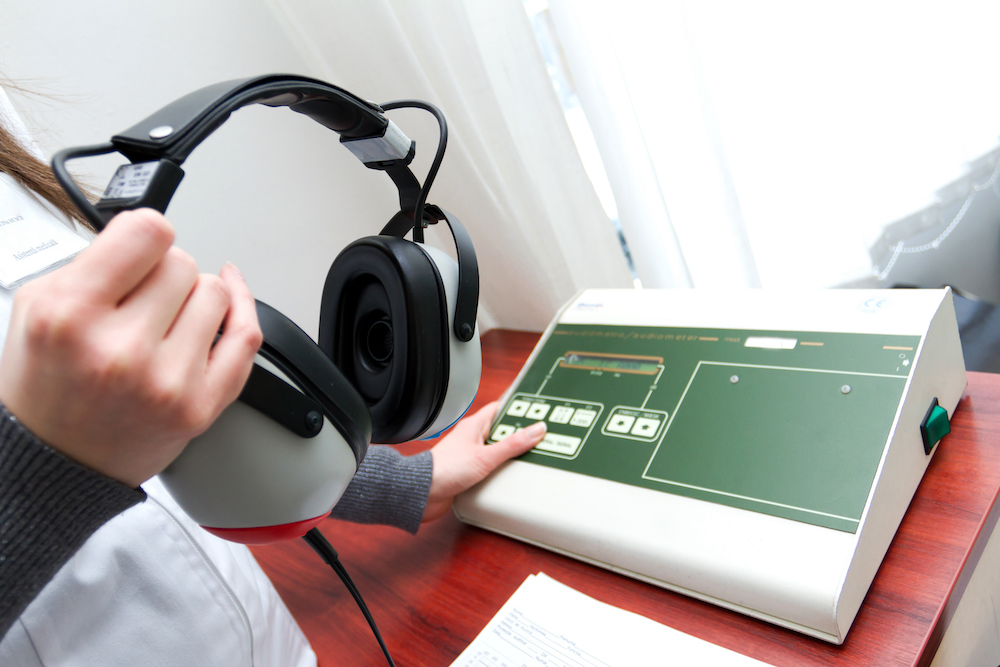Top Reasons to Trust an Audiologist with Your Hearing Health
Audiologists specialize in diagnosing and treating hearing-related issues

Anyone looking to get themselves a new hearing aid should be aware that there are many different features that you might have with your hearing aid. You will often have a great deal of choice here when you are on the lookout for a hearing aid, and it’s likely that you can get confused by the choices. That’s why it’s always best to see an audiologist, as they will be able to help you with all of those critical decisions.
In the meantime, take a look at the below for a discussion on some of the major features of modern hearing aids, and which ones you might need or desire.
Arguably one of the most important renovations in the world of hearing devices is feedback management. With many older models of hearing aid, it used to be that the wearer would experience a great deal of feedback from time to time from the device or other electrical devices in the area. But these days, improved feedback management, including anti-phase technology that gets rid of whistling and other feedback sounds entirely. You’ll find this in most contemporary hearing aids, regardless of style or type.
You may have heard of feedback management, but there is a good chance that you have not heard of automatic compression. This is simply a kind of technology that provides you with a little more amplification for sounds that might be slightly outside of the normal functioning range, for instance very low sounds. It also prevents very high sounds from being too intrusive, making for a more comfortable listening experience on the whole.
Whenever you are in a busy place, and you just want to hear your immediate party, you need to have a hearing aid that you can rely on to make this easier. Most hearing aids that you will come across today do fortunately come with this automatic noise reduction, so it’s a feature that you are not going to have to ask for specifically. These days, this noise reduction technology is phenomenally good at keeping noise at bay.
If you are wearing more than one hearing aid, these days, they are going to have ear-to-ear directionality, which essentially just means that they make use of wireless technology to ensure that they sync up. This is also known as binaural processing, and it is an important way to ensure you can hear properly.
You could also get a hearing aid with Bluetooth technology, although this is not normally absolutely necessary and it is entirely up to you whether you want it or not. However, it is clearly something that has distinct benefits, such as making it a lot easier to connect to your phone and take calls. If you want this, ask for it and see whether you can get it in your hearing aid.
Always remember: speak to your local audiologist about any of this if you want to find out more.

Audiologists specialize in diagnosing and treating hearing-related issues

A hearing test is something that offers the opportunity for you to speak

Do you think that you could have tinnitus? Some people think they might